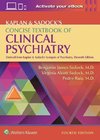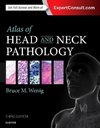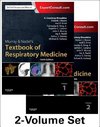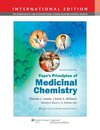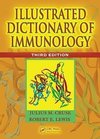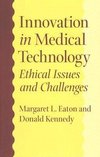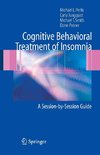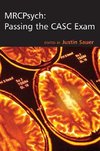
Drug addiction
Source: Wikipedia. Pages: 105. Chapters: Alcoholism, Benzodiazepine withdrawal syndrome, Substance dependence, Long-term effects of benzodiazepines, Benzodiazepine dependence, Benzodiazepine misuse, Safe injection site, Alcohol withdrawal syndrome, Ibogaine,... Viac o knihe
Produkt je dočasne nedostupný
24.02 €
bežná cena: 27.30 €
O knihe
Source: Wikipedia. Pages: 105. Chapters: Alcoholism, Benzodiazepine withdrawal syndrome, Substance dependence, Long-term effects of benzodiazepines, Benzodiazepine dependence, Benzodiazepine misuse, Safe injection site, Alcohol withdrawal syndrome, Ibogaine, Gateway drug theory, Dual diagnosis, Drug rehabilitation, Rat Park, István Cs. Bartos, Physical dependence, Post-acute-withdrawal syndrome, Self-medication, Project Prevention, E. Morton Jellinek, Kindling, Alfred R. Lindesmith, Prometa, Coleridge and opium, Stereotypy, Illicit drug use in Australia, List of countries by prevalence of opiates use, Substance abuse prevention, Phenyltropane, The Man with the Twisted Lip, List of countries by prevalence of cocaine use, Ether addiction, Indatraline, Drug detoxification, David E. Smith, Isabella Frankau, Black triangle, Doctor shopping, Wootton Report, Recreational drug use in Kenya, Substance-related disorder, Neonatal withdrawal, California Society of Addiction Medicine, Formication, Spectrum Youth and Family Services, Drug tolerance, Methadone clinic, Bromism, HowardCenter, Drug Addiction Treatment Act, Cold turkey, Brain Committee, Methadone maintenance, Reverse tolerance, Craving, Pot Belge, Dangerous Drugs Act 1920, John Petro, Drug addiction in infants, William Duncan Silkworth, Stewart and Cyril Marcus, Opioid agonist treatment, Northeast Kingdom Human Services, The Snow Papers, Crack lung, Dangerous Drugs Regulations 1968, Drugs Act 1964, Ramp effect, Steppingstone theory, Double doctoring. Excerpt: Alcoholism is a disabling addictive disorder. It is characterized by compulsive and uncontrolled consumption of alcohol despite its negative effects on the drinker's health, relationships, and social standing. Like other drug addictions, alcoholism is medically defined as a treatable disease. The term alcoholism is widely used, and was first coined in 1849 by Magnus Huss, but in medicine the term was replaced by the concepts of "alcohol abuse" and "alcohol dependence" in the 1980s DSM III. (The term alcohol dependence is sometimes used as a synonym for alcoholism, sometimes in a narrower sense.) Similarly in 1979 an expert World Health Organisation committee disfavoured the use of "alcoholism" as a diagnostic entity, preferring the category of "alcohol dependence syndrome". In the nineteenth and early twentieth centuries, alcohol dependence was called dipsomania before the term "alcoholism" replaced it. The biological mechanisms underpinning alcoholism are uncertain, however, risk factors include social environment, stress, mental health, genetic predisposition, age, ethnic group, and sex. Long-term alcohol abuse produces physiological changes in the brain such as tolerance and physical dependence. Such brain chemistry changes maintain the alcoholic's compulsive inability to stop drinking and result in alcohol withdrawal syndrome upon discontinuation of alcohol consumption. Alcohol damages almost every organ in the body, including the brain; because of the cumulative toxic effects of chronic alcohol abuse, the alcoholic risks suffering a range of medical and psychiatric disorders. Alcoholism is the cyclic presence of tolerance, withdrawal, and excessive alcohol use; the drinker's inability to control such compulsive drinking, despite awareness of its harm to his or her health, indicates that the person might be an alcoholic. Questionnaire-based screening is a method of detecting harmful drinking patterns, including alcoholism. Alcoho...
- Vydavateľstvo: Books LLC, Reference Series
- Formát: Paperback
- Jazyk:
- ISBN: 9781156444078

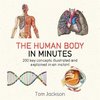
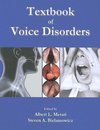
 Anglický jazyk
Anglický jazyk 